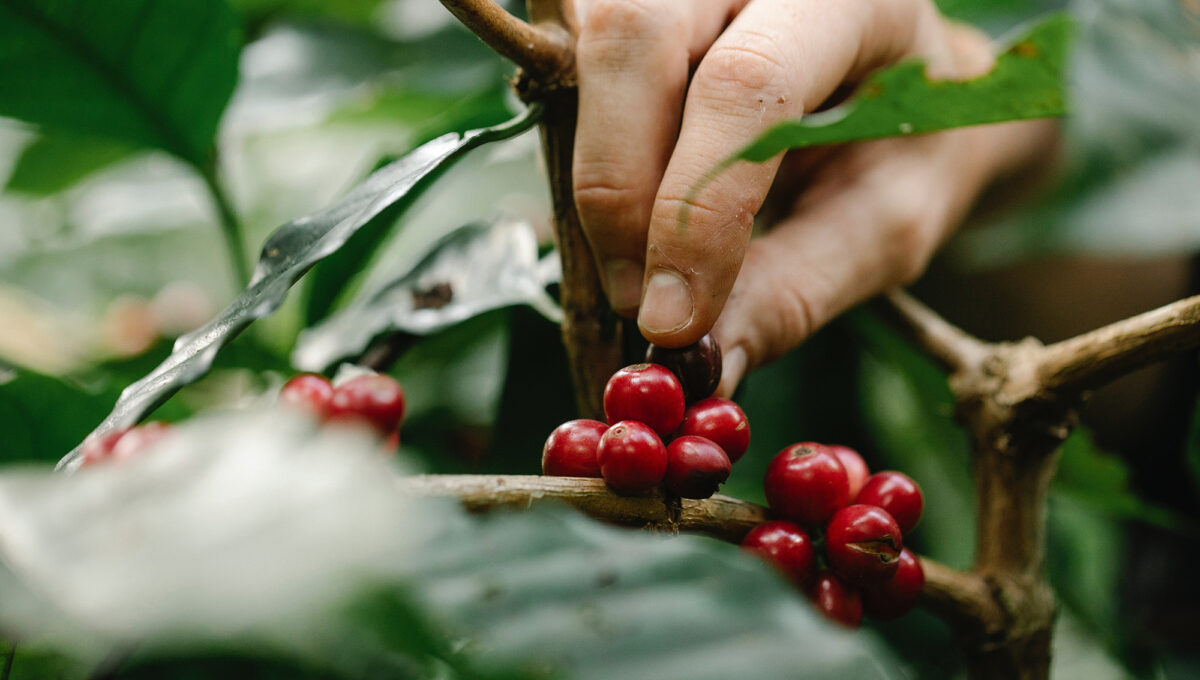For many people, the modern era has facilitated a disconnect with the environment. Once passed down through families and communities, knowledge about local plants and fungi often takes a backseat to the convenience of buying food at the grocery store. The resurgence of foraging seeks to change that. Find your way back to nature with these helpful tips, tricks, and insights from foraging experts.
What is foraging?
While foraging holds many meanings to various people, several experts say the term refers to searching for and collecting wild food. As foraging teacher and enthusiast Alexis Nikole Nelson (@alexisnikole on TikTok and @blackforager on Instagram and Twitter) explained in her TED Talk, “Foraging is the art/science of identifying, collecting, and eating wild food. So if anyone’s ever convinced you to try dandelions or wood sorrel, congratulations, you’re a forager too.”
The pursuit of wild food can also symbolize connection. For environmental educator Isaias Hernandez, reclaiming foraging practices allows people of color to “participate in the food system in a more direct and natural way.” Foragers like Nelson echo this sentiment and emphasize how powerful understanding natural environments can be. “For me, foraging as a Black woman is a rebellion through restoration of knowledge,” Nelson told the Los Angeles Times.
Why foraging?
Knowledge and connection drive much of the foraging community’s passion. “People were foragers for the vast majority of human history,” Four Season Foraging founder Maria Wesserle told Teen Vogue. “It’s in our blood, and I think reconnecting with that brings a deep sense of satisfaction. There are also many practical reasons to forage: it’s tasty, nutritious, and more-or-less free. It can offer sustenance for people with low incomes, and provide nourishment to people living through collective crises, such as armed conflict or natural disasters.”
Dave Hamilton, foraging expert and author of “Where the Wild Things Grow,” also highlights foraging’s practical nature. “Foraging is beneficial on many levels,” Hamilton wrote for Discover Wildlife. “Not just a way of finding fresh, delicious food, it also provides a connection with nature and the outdoors – an opportunity to immerse yourself in a landscape, engaging all five senses.”

Connection, practicality, and satisfaction are just a few of the words experts use to describe foraging. For mycology and foraging educator Gabrielle Cerberville, foraging also helps “make the natural world feel real and valuable to people.”
“When you’re foraging for food or even just for fun, you’re recognizing that there is an entire ecosystem growing around you, and you start to take part in a carbon exchange with the natural world,” Cerberville told Teen Vogue. “I think it’s important to treat nature like a neighbor. Foraging is an important first step.”
Beginner foraging tips and measured caution
Foraging can be a path to connecting with nature, but how do you start foraging? Several of the previously mentioned experts suggest trying local, seasonal, and/or invasive offerings. In Ohio, Nelson enjoys foraging for wood nettles, jewelweed, American persimmons, and pawpaws. Additionally, Hamilton suggests “blackberries in autumn” and “wild garlic in the spring.”

Speaking of garlic, Wesserle recommends seeking out garlic mustard. “There’s a way to forage that’s really good for the environment,” Wesserle told Civic Eats. “For example: There’s so much garlic mustard that it grows everywhere, all over North America. It’s invasive and actually harms the native ecosystem and needs to be pulled up anyway … Why not just eat those plants?”
Foragers like Hernandez enjoy garlic mustard for the very reasons Wesserle mentions. A clip on Hernandez’s YouTube channel even documents a day spent collecting garlic mustard in New Jersey. “It’s in the same family as broccoli, cauliflower, and cabbage,” Hernandez explains in the clip. “In fact, you can make it into garlic mustard pesto.”
Of course, many new foragers will likely worry about harmful plants. While misidentified forage can be dangerous, as Nelson’s “happy snacking, don’t die” catchphrase suggests, there’s no reason to shy away from foraging as long as you educate yourself and exercise caution. Hamilton also stresses that you should “never forage in protected areas.” With these tips in mind, you can join these experts and find the fun in foraging.
